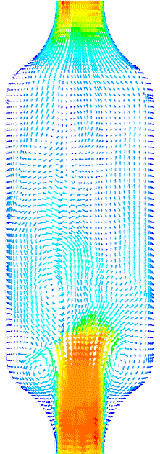
- API Spec 13A - Specification for Drilling Fluid Materials, Petroleum and Natural gas industries - Drilling and production equipment - Drillthrough equipment
- API RP 13B-1 - Recommended Practice for Field Testing Water-Based Drilling Fluids, Petroleum and natural gas industries - Field testing of drilling fluids - Part I: Water based fluids
- API RP 13B-2 - Recommended Practice for Field Testing Oil-based Drilling Fluids
- API RP 13C - Recommended Practice for Drilling Fluids Processing Systems Evaluation
- API RP 13D - Recommended Practice for Rheology and Hydraulics of Oil-well Drilling Fluids
- API RP 13I - Recommended Practice for Laboratory Testing Drilling Fluids, Petroleum and natural gas industries—Drilling fluids - Laboratory Testing
- API RP 13J - Recommended Practice for Testing of Heavy Brines, Petroleum and natural gas industries - Completion fluids and materials - Part 3: Testing of heavy brines
- API RP 13K - Recommended Practice for Chemical Analysis of Barite
- API RP 13L - Recommended Practice for Training and Qualification of Drilling Fluid Technologists
- API RP 13M - Recommended Practice for Measurement of Viscous Properties of Completion Fluids
- API RP 13M-4 - Recommended Practice for Measuring Stimulation and Gravel-pack Fluid Leakoff Under Static Conditions







